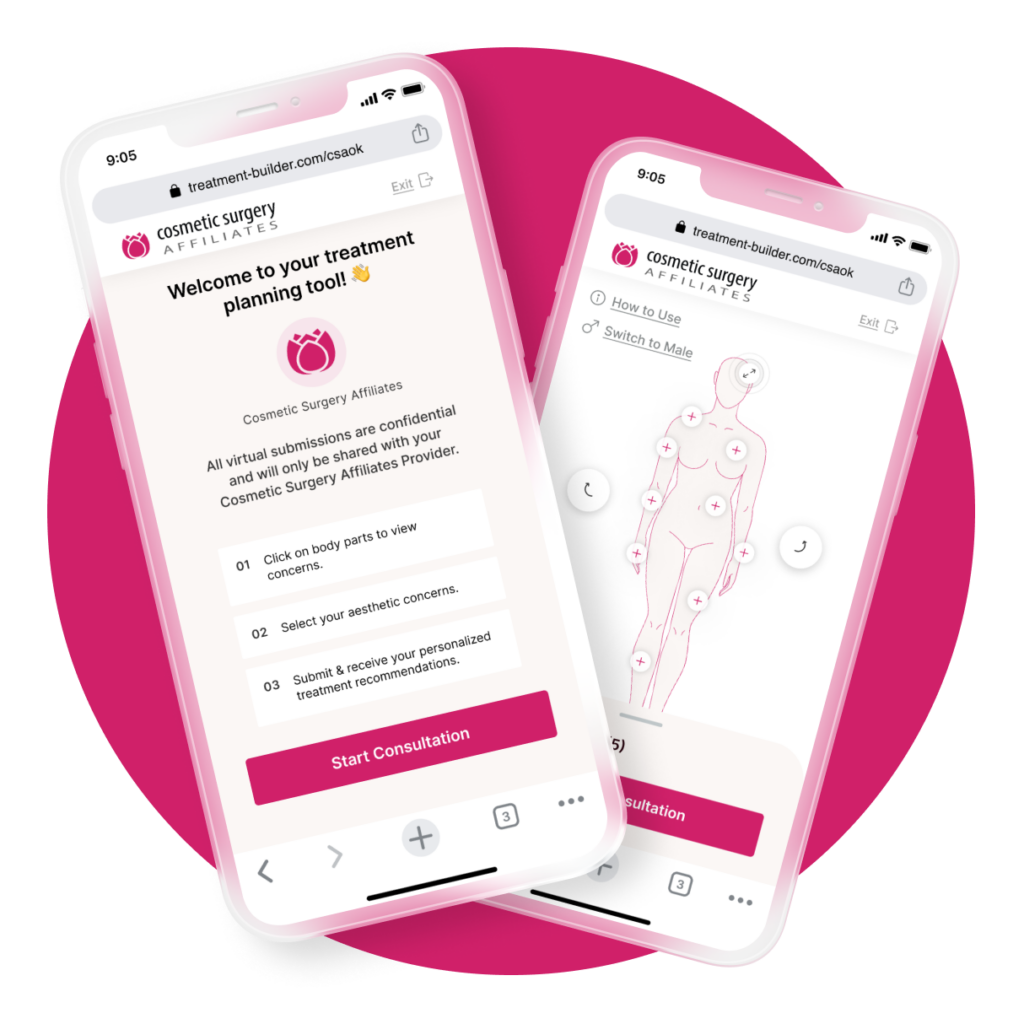
Blog
What's New

Read More
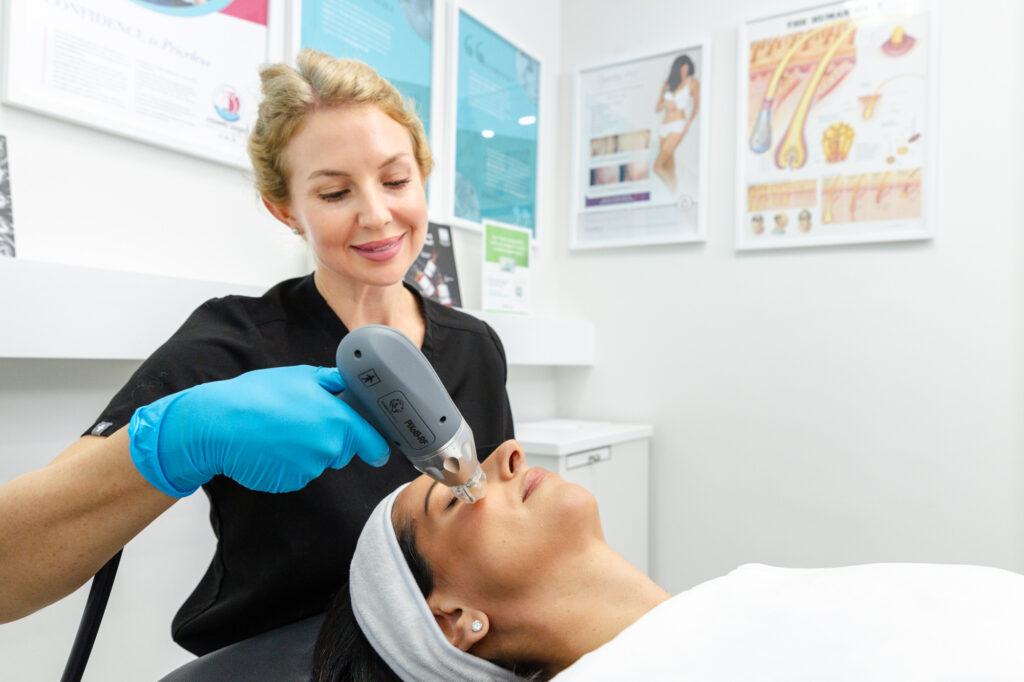
Even Your Skin Tone With Morpheus8
Read More
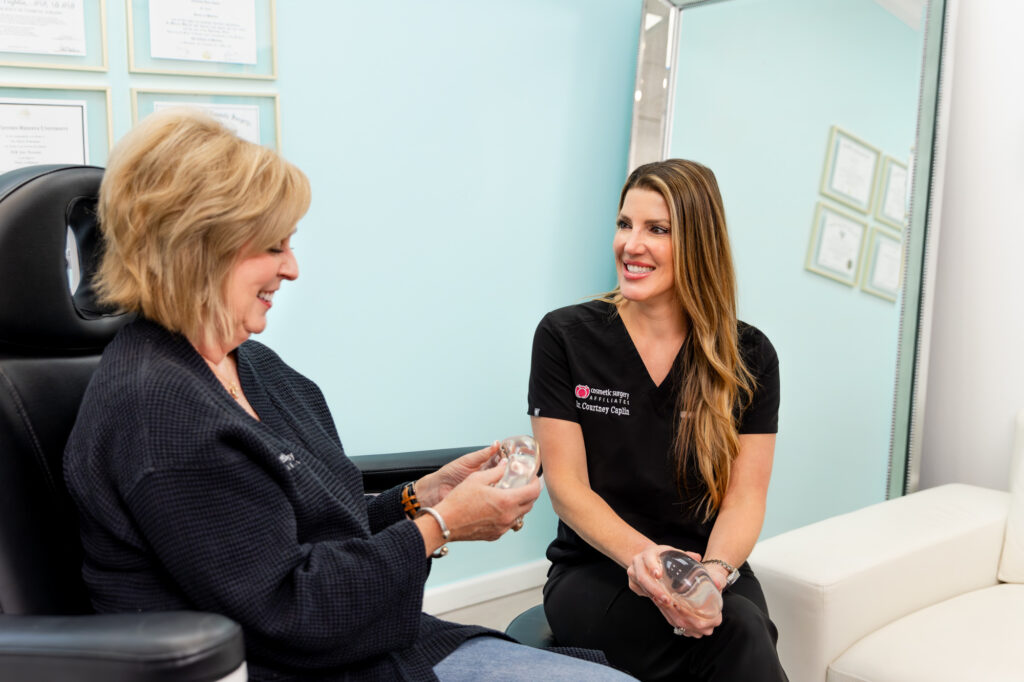
Create Natural-Looking Breast Augmentation Results
Read More

What Your Surgeon Wants You to Know Before Your Breast Augmentation
Read More

Answering Renuvion Skin Tightening FAQs
Read More

Why Pair Liposuction With Renuvion Skin Tightening
Read More
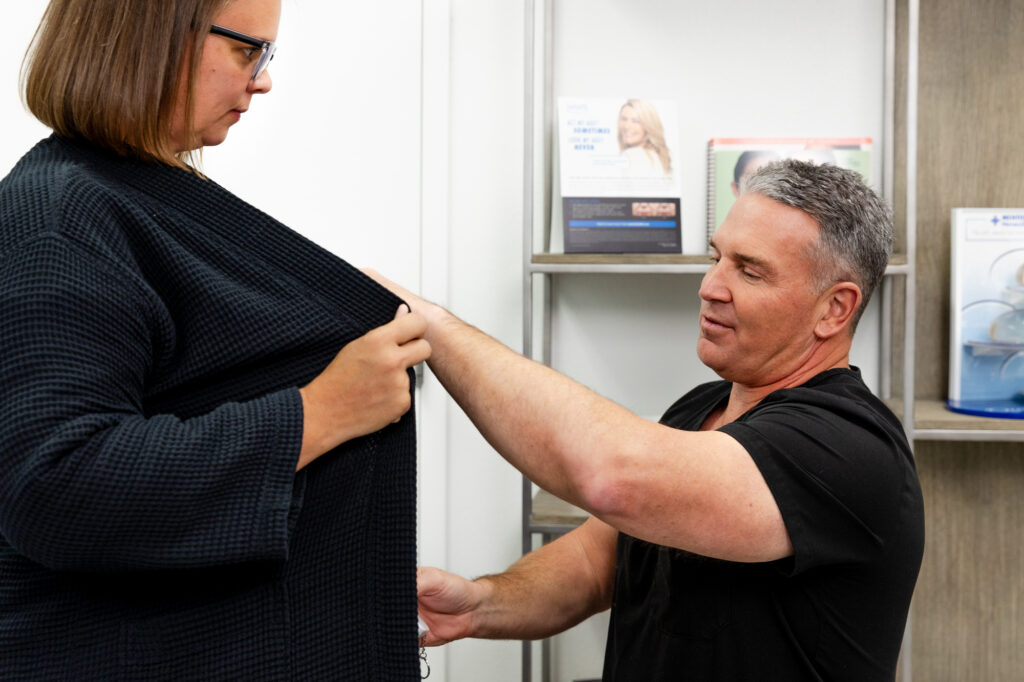
Create Your Personalized Body Sculpting Plan at CSA
Read More

Renuvion vs. Excess Skin Removal: How to Determine Your Best Option
Read More
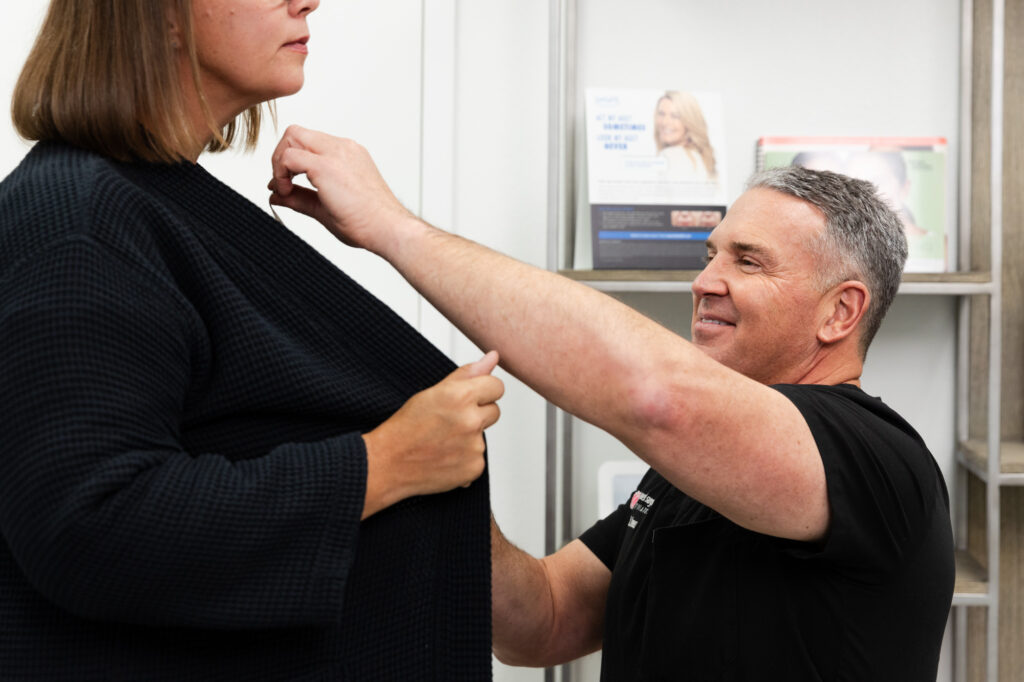
How to Enhance Your Weight Loss Results With Excess Skin Removal Surgery
Read More
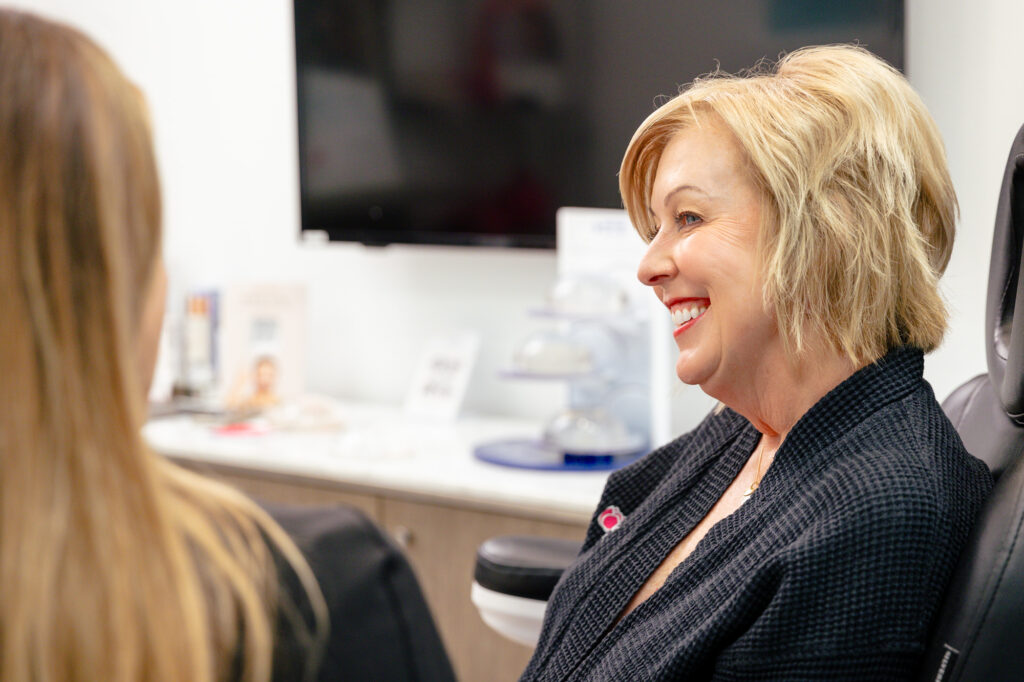
Surgical vs. Non-Invasive Body Contouring: Which is Right for You?
Read More
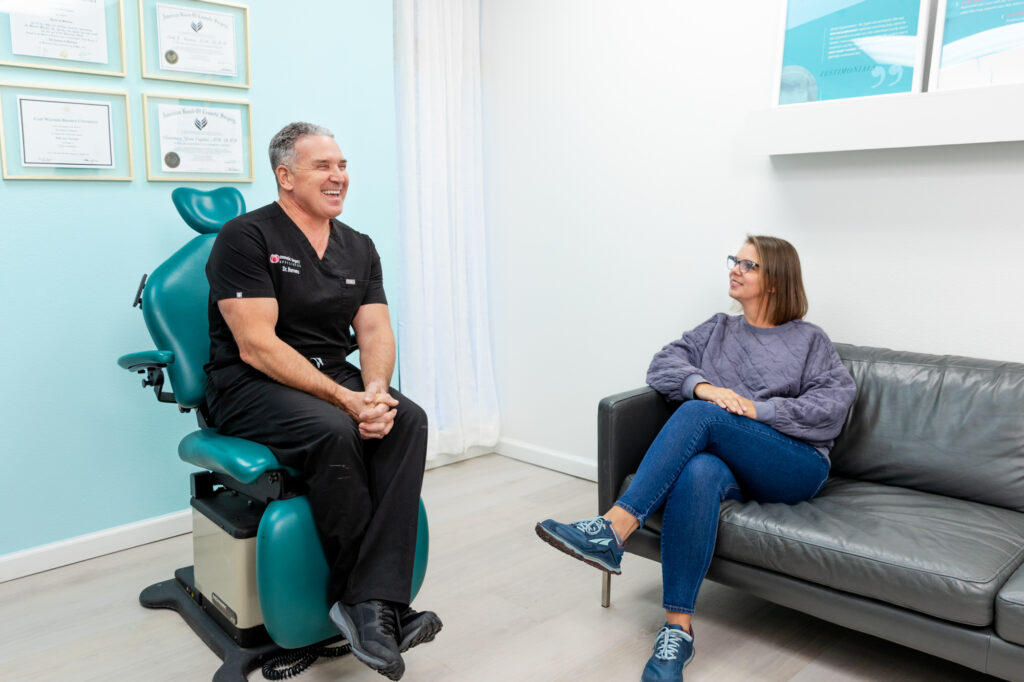
Lipedema Solutions: Restore Lost Mobility With Liposuction
Read More

3 Things Your Surgeon Wants You to Know Before Undergoing Liposuction
Read More

Lipedema Solutions With Liposuction
Read More
